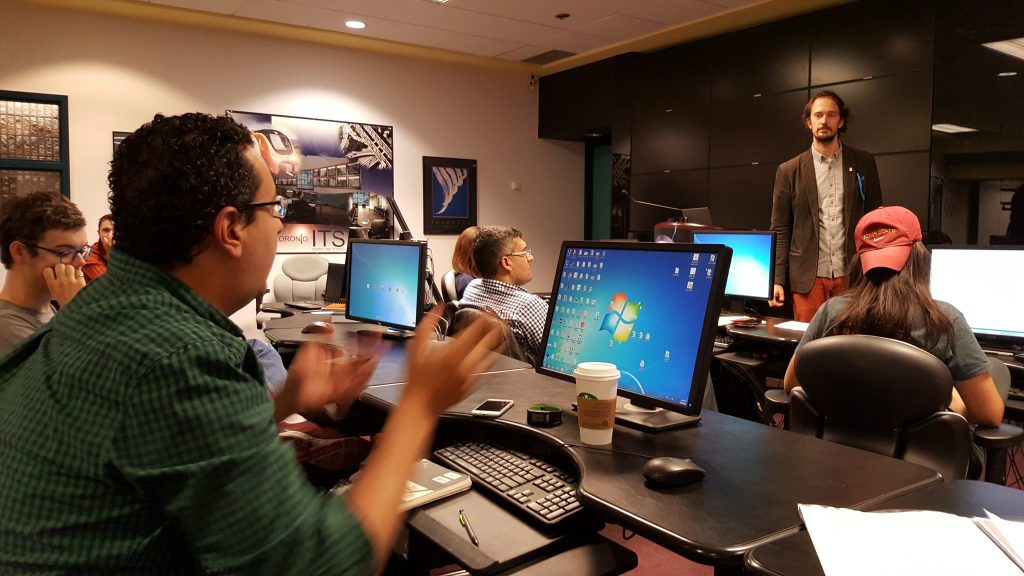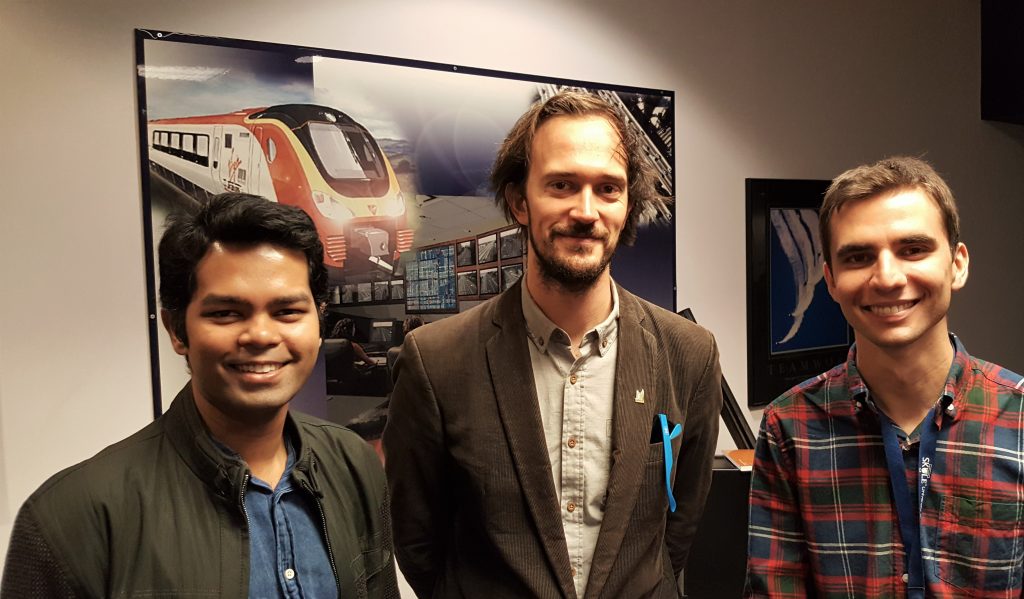
Raphael Dumas’ presentation at UTTRI on October 20 discussed the use of automatic transit data to assess transit equity in Boston, Massachusetts. This assessment was conducted in response to an existing equity evaluation technique which was not passenger focused.
The transit data used included Automatic Vehicle Location (AVL) and Automatic Fare Collection (AFC) data. This data was used to infer journey origin and destination locations.
The assessment demonstrated that minority groups experience longer travel times and more transfers. The best potential solution identified would be to upgrade the frequency of commuter rail service to subway level frequency service.

Abstract
By inferring individual passengers’ origins, destinations, and transfers using automatically collected transit data, transit providers can obtain and analyze larger volumes of information, with more accuracy, and at more frequent intervals than are available through traditional origin-destination (OD) surveys. Automatic OD inference can be an input into the analysis and reporting of agencies’ social goals, such as the provision of equitable service regardless of race, national origin, or ethnicity, which is federally required in the USA by Title VI of the Civil Rights Act of 1964. The methodology prescribed in the Title VI regulation, however, has not adapted to the opportunity to supplement supply metrics with passenger-centric demand metrics through the availability of OD data. This presentation demonstrates a preliminary methodology to link automatically inferred OD information from regular transit users to the demographic data of public transit commuters from the US Census’s American Community Survey, and to determine potential solutions to variations in journey time and speed.
Short Bio
Raphael Dumas did his undergrad at McGill in Civil Engineering before doing a double degree at MIT, completing a Master of City Planning and a Master of Science in Transportation in 2015. During his three years there he did his thesis research in the MIT Transit Lab for the MBTA, Boston’s Transit Authority. He merged Automated Fare Collection (AFC) data with Automatic Vehicle Location (AVL) and train tracking data to infer origins, destinations, and journeys. With this data he analyzed differences between commute travel times for different demographic areas, the subject of this talk. He is now Research Analyst with the Transportation Services Big Data Innovation Team at City of Toronto, where he has been collecting and centralizing emerging and existing transportation data sets to improve the user experience on the city’s streets and highways.
This seminar was presented by the University of Toronto Institute of Transportation Engineers (ITE) Student Chapter.

